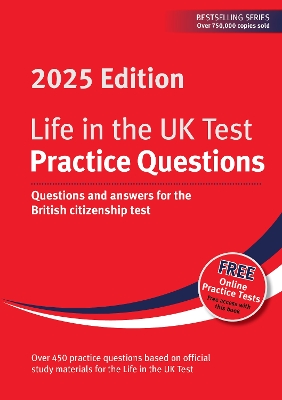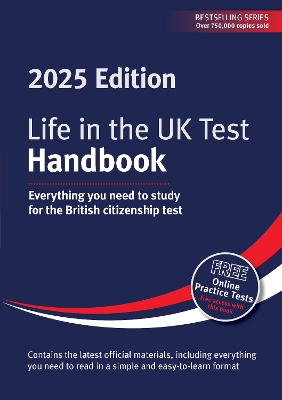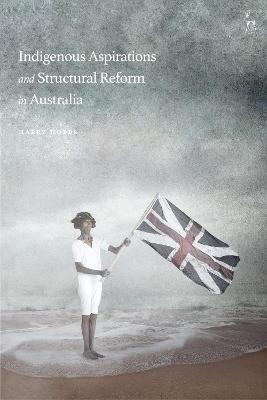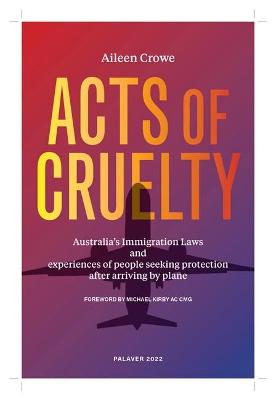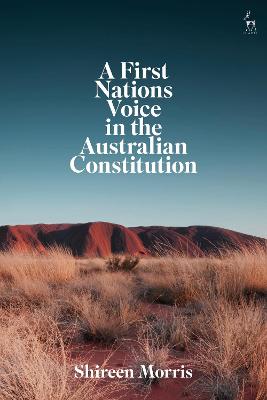First Nations Voice in the Australian Constitution
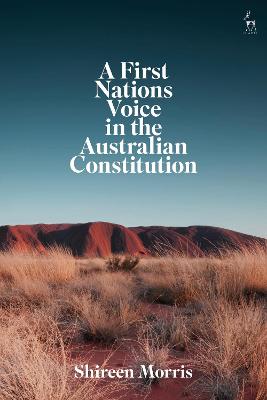 portes grátis
portes grátis
First Nations Voice in the Australian Constitution
Morris, Shireen
Bloomsbury Publishing PLC
02/2022
338
Mole
Inglês
9781509944521
15 a 20 dias
Descrição não disponível.
1. Introduction
I. Background
II. Structure of this Book
2. The Historical, Political and Theoretical Context
I. The Problem of Purpose
II. Historical Context
III. Political Context
IV. Theoretical Context
3. Understanding Objections to a Racial Non-Discrimination Guarantee
I. Introduction
II. The Expert Panel's Racial Non-Discrimination Recommendation
III. Objections to a Racial Non-Discrimination Clause
IV. Responding to the Objections
V. Is a Qualified Power the Answer?
VI. Conclusion
4. International Inspiration
I. UN Declaration on the Rights of Indigenous Peoples
II. New Zealand
III. Canada
IV. Sami Parliaments: Norway, Sweden and Finland
V. Conclusion
5. The Legislative Possibility of Reserved Indigenous Seats in Parliament
I. Introduction
II. Constitutional Constraints
III. How Much Legislative Flexibility Does the Constitution Confer?
IV. What Does this Mean for Reserved Indigenous Seats?
V. Conclusion
6. The Case for a First Nations Voice in the Constitution
I. Introduction
II. Re-Capping the Case for Change
III. Distinguishing the Inter-State Commission and ATSIC
IV. Assessing Options for Constitutional Amendments
V. Legislative Mechanisms to Enhance Impact
VI. Addressing Political Objections
VII. Conclusion
7. Conclusion
I. Background
II. Structure of this Book
2. The Historical, Political and Theoretical Context
I. The Problem of Purpose
II. Historical Context
III. Political Context
IV. Theoretical Context
3. Understanding Objections to a Racial Non-Discrimination Guarantee
I. Introduction
II. The Expert Panel's Racial Non-Discrimination Recommendation
III. Objections to a Racial Non-Discrimination Clause
IV. Responding to the Objections
V. Is a Qualified Power the Answer?
VI. Conclusion
4. International Inspiration
I. UN Declaration on the Rights of Indigenous Peoples
II. New Zealand
III. Canada
IV. Sami Parliaments: Norway, Sweden and Finland
V. Conclusion
5. The Legislative Possibility of Reserved Indigenous Seats in Parliament
I. Introduction
II. Constitutional Constraints
III. How Much Legislative Flexibility Does the Constitution Confer?
IV. What Does this Mean for Reserved Indigenous Seats?
V. Conclusion
6. The Case for a First Nations Voice in the Constitution
I. Introduction
II. Re-Capping the Case for Change
III. Distinguishing the Inter-State Commission and ATSIC
IV. Assessing Options for Constitutional Amendments
V. Legislative Mechanisms to Enhance Impact
VI. Addressing Political Objections
VII. Conclusion
7. Conclusion
Este título pertence ao(s) assunto(s) indicados(s). Para ver outros títulos clique no assunto desejado.
1. Introduction
I. Background
II. Structure of this Book
2. The Historical, Political and Theoretical Context
I. The Problem of Purpose
II. Historical Context
III. Political Context
IV. Theoretical Context
3. Understanding Objections to a Racial Non-Discrimination Guarantee
I. Introduction
II. The Expert Panel's Racial Non-Discrimination Recommendation
III. Objections to a Racial Non-Discrimination Clause
IV. Responding to the Objections
V. Is a Qualified Power the Answer?
VI. Conclusion
4. International Inspiration
I. UN Declaration on the Rights of Indigenous Peoples
II. New Zealand
III. Canada
IV. Sami Parliaments: Norway, Sweden and Finland
V. Conclusion
5. The Legislative Possibility of Reserved Indigenous Seats in Parliament
I. Introduction
II. Constitutional Constraints
III. How Much Legislative Flexibility Does the Constitution Confer?
IV. What Does this Mean for Reserved Indigenous Seats?
V. Conclusion
6. The Case for a First Nations Voice in the Constitution
I. Introduction
II. Re-Capping the Case for Change
III. Distinguishing the Inter-State Commission and ATSIC
IV. Assessing Options for Constitutional Amendments
V. Legislative Mechanisms to Enhance Impact
VI. Addressing Political Objections
VII. Conclusion
7. Conclusion
I. Background
II. Structure of this Book
2. The Historical, Political and Theoretical Context
I. The Problem of Purpose
II. Historical Context
III. Political Context
IV. Theoretical Context
3. Understanding Objections to a Racial Non-Discrimination Guarantee
I. Introduction
II. The Expert Panel's Racial Non-Discrimination Recommendation
III. Objections to a Racial Non-Discrimination Clause
IV. Responding to the Objections
V. Is a Qualified Power the Answer?
VI. Conclusion
4. International Inspiration
I. UN Declaration on the Rights of Indigenous Peoples
II. New Zealand
III. Canada
IV. Sami Parliaments: Norway, Sweden and Finland
V. Conclusion
5. The Legislative Possibility of Reserved Indigenous Seats in Parliament
I. Introduction
II. Constitutional Constraints
III. How Much Legislative Flexibility Does the Constitution Confer?
IV. What Does this Mean for Reserved Indigenous Seats?
V. Conclusion
6. The Case for a First Nations Voice in the Constitution
I. Introduction
II. Re-Capping the Case for Change
III. Distinguishing the Inter-State Commission and ATSIC
IV. Assessing Options for Constitutional Amendments
V. Legislative Mechanisms to Enhance Impact
VI. Addressing Political Objections
VII. Conclusion
7. Conclusion
Este título pertence ao(s) assunto(s) indicados(s). Para ver outros títulos clique no assunto desejado.


